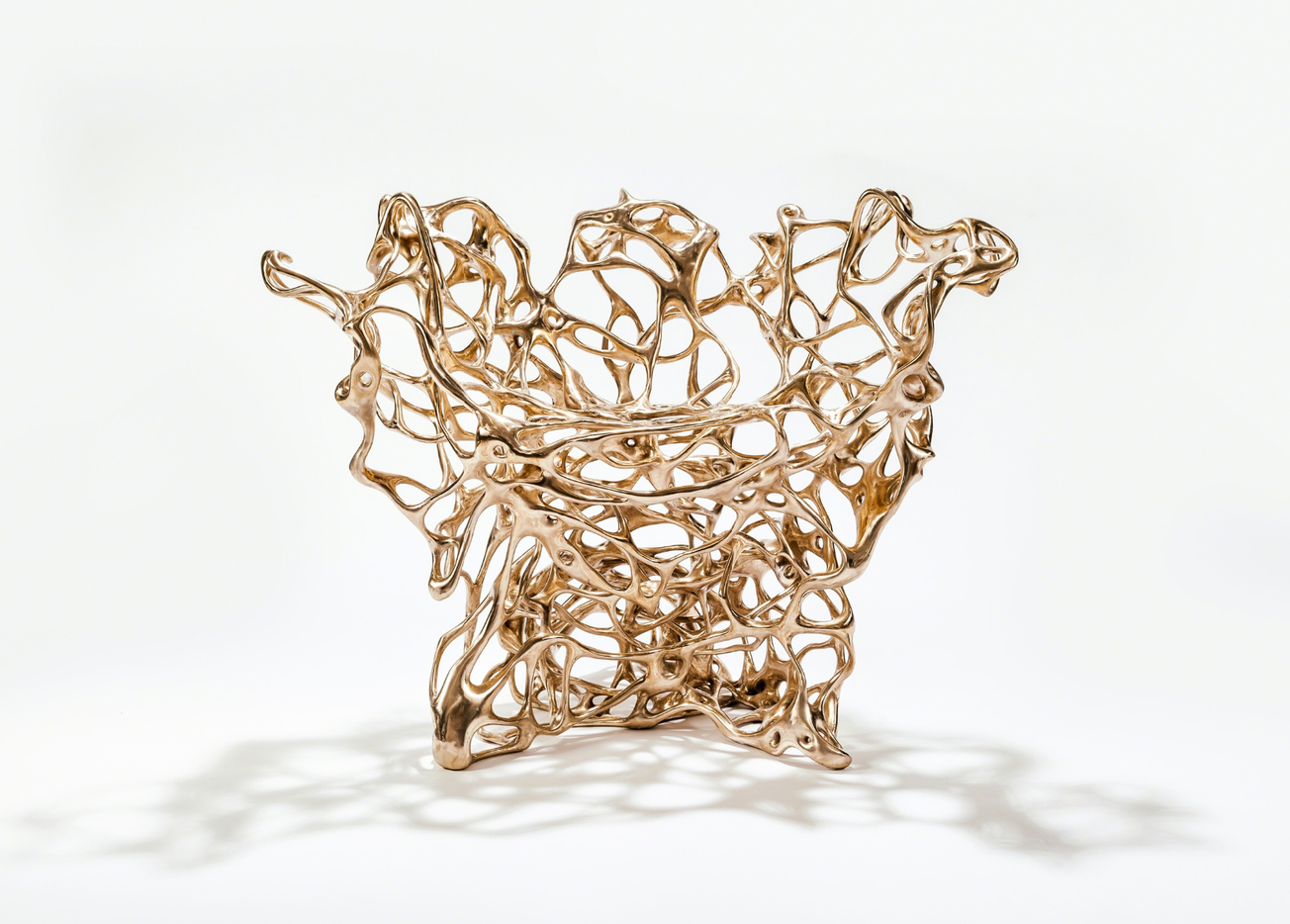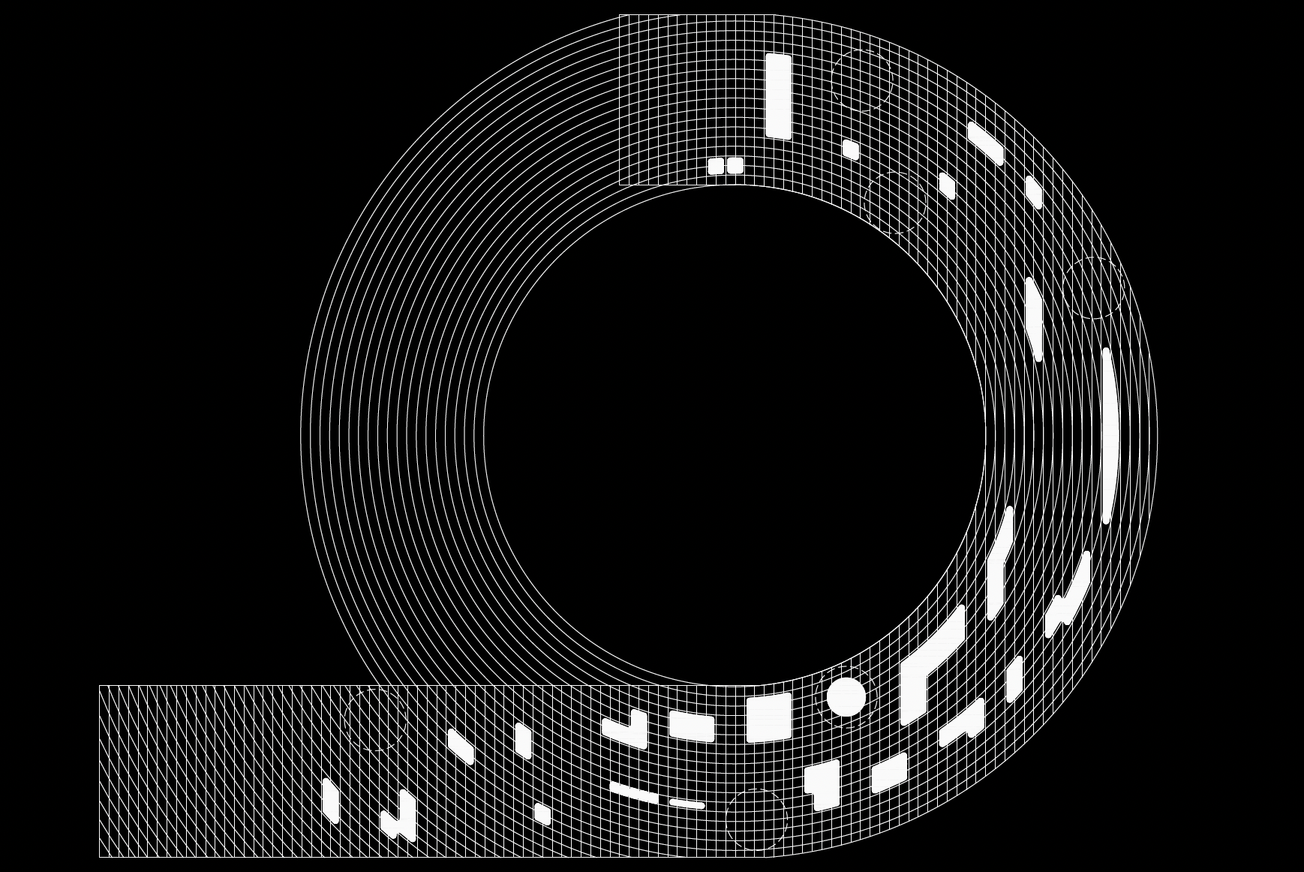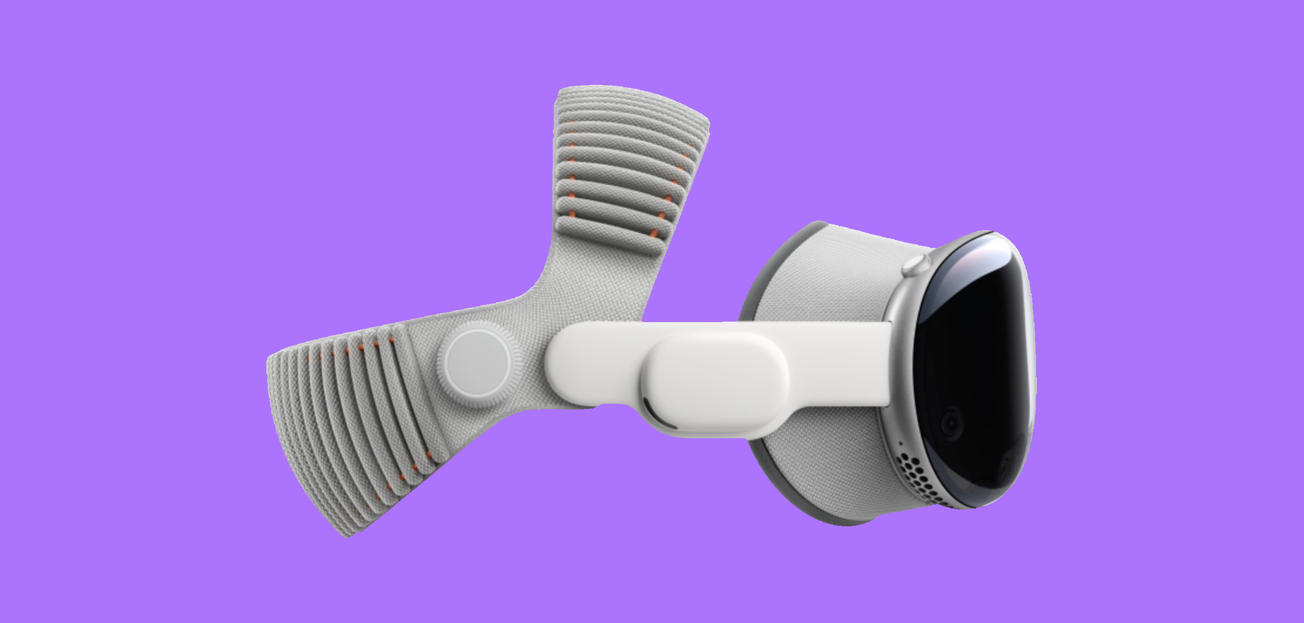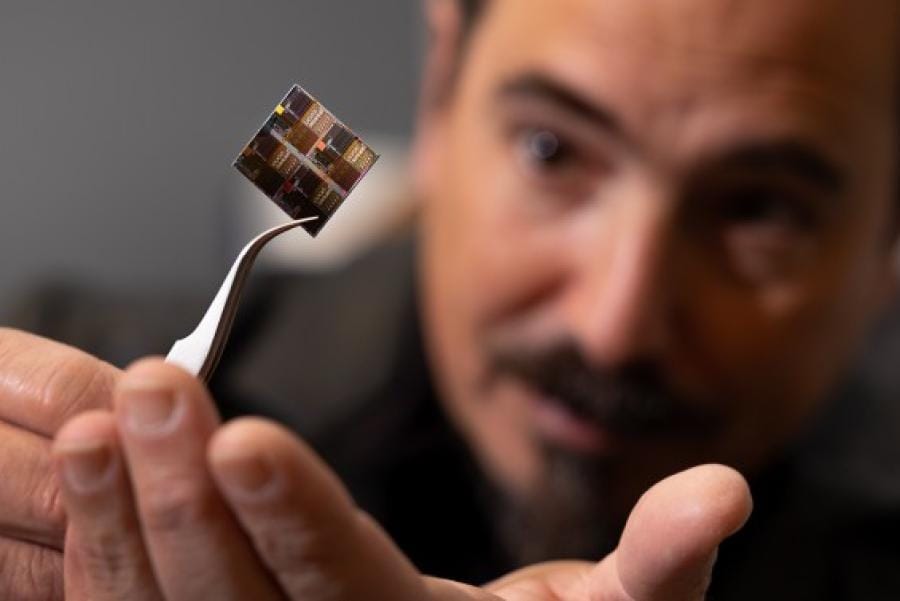Over the past two decades, generative design and digital manufacturing have reshaped how furniture and material systems come into being. What began as a series of experimental prototypes has evolved into a mature design ecosystem—one driven by algorithmic logic, simulation, and robotic fabrication. Form now emerges not from sketch or style but from computation: structures refined through topology optimization, additive manufacturing, and data-driven performance criteria. What was once an industrial process of assembly has become one of emergence.
Generative Intelligence and Material Behavior
At its core, generative design marks a shift in authorship. Instead of drawing fixed forms, designers define parameters—constraints, materials, forces, and goals—and allow algorithms to iterate through thousands of potential solutions. Topology optimization, originally developed for aerospace and automotive engineering, has moved into product and furniture design. It minimizes material while maintaining strength, yielding forms that resemble natural growth patterns: lattices, branches, and bone-like geometries that are mathematically efficient and visually organic.
A landmark example is the AI Chair by Philippe Starck, developed with Kartell and Autodesk. Using Autodesk’s generative design software, Starck set design goals for comfort, stability, and minimal material use. The software produced multiple configurations optimized for those parameters, from which Starck selected and refined the final version. The resulting skeletal form was manufactured through additive processes before being adapted for production. While marketed as co-designed with artificial intelligence, the project more accurately illustrates algorithmic generativity—a designer guiding computation toward structural intelligence.
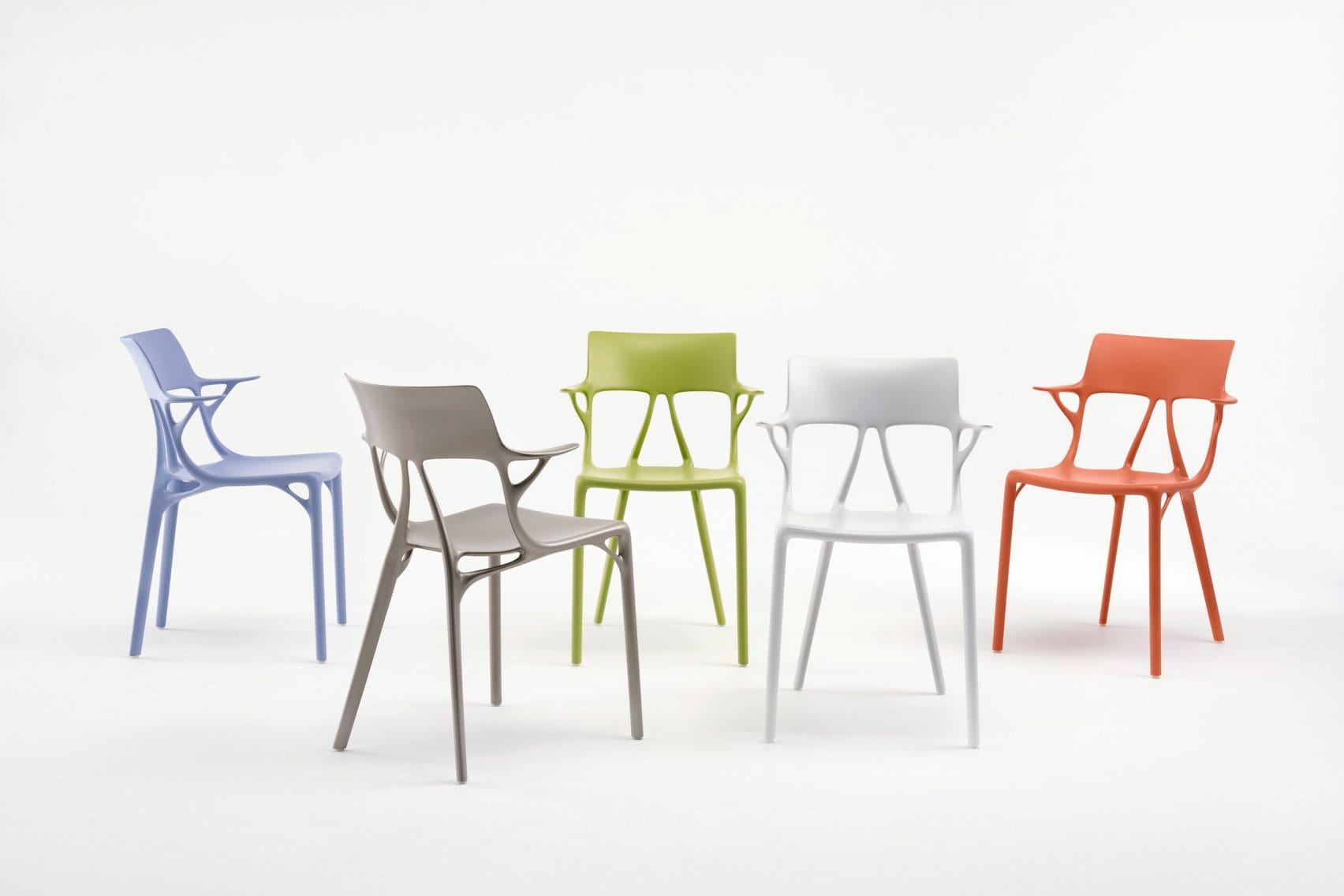
Joris Laarman’s Bone Chair (2006), created with engineers from BMW’s Rapid Prototyping Division, also embodies this synthesis of algorithmic form and fabrication. Based on Claus Mattheck’s bone-growth simulation, the algorithm removed material where it wasn’t structurally necessary, mimicking biological efficiency. The result became a milestone in computational furniture design and a statement on design as a negotiation between biology, engineering, and aesthetics.
Today, these early experiments have evolved into full-fledged design workflows. Tools such as nTopology and Autodesk Fusion 360 integrate simulation, performance analysis, and generative modeling within a single environment. Designers can test loads, material behavior, and fabrication parameters in near real time, allowing form to evolve with mechanical data. The studio increasingly resembles a hybrid lab—where intuition, code, and material computation co-produce new forms of making.
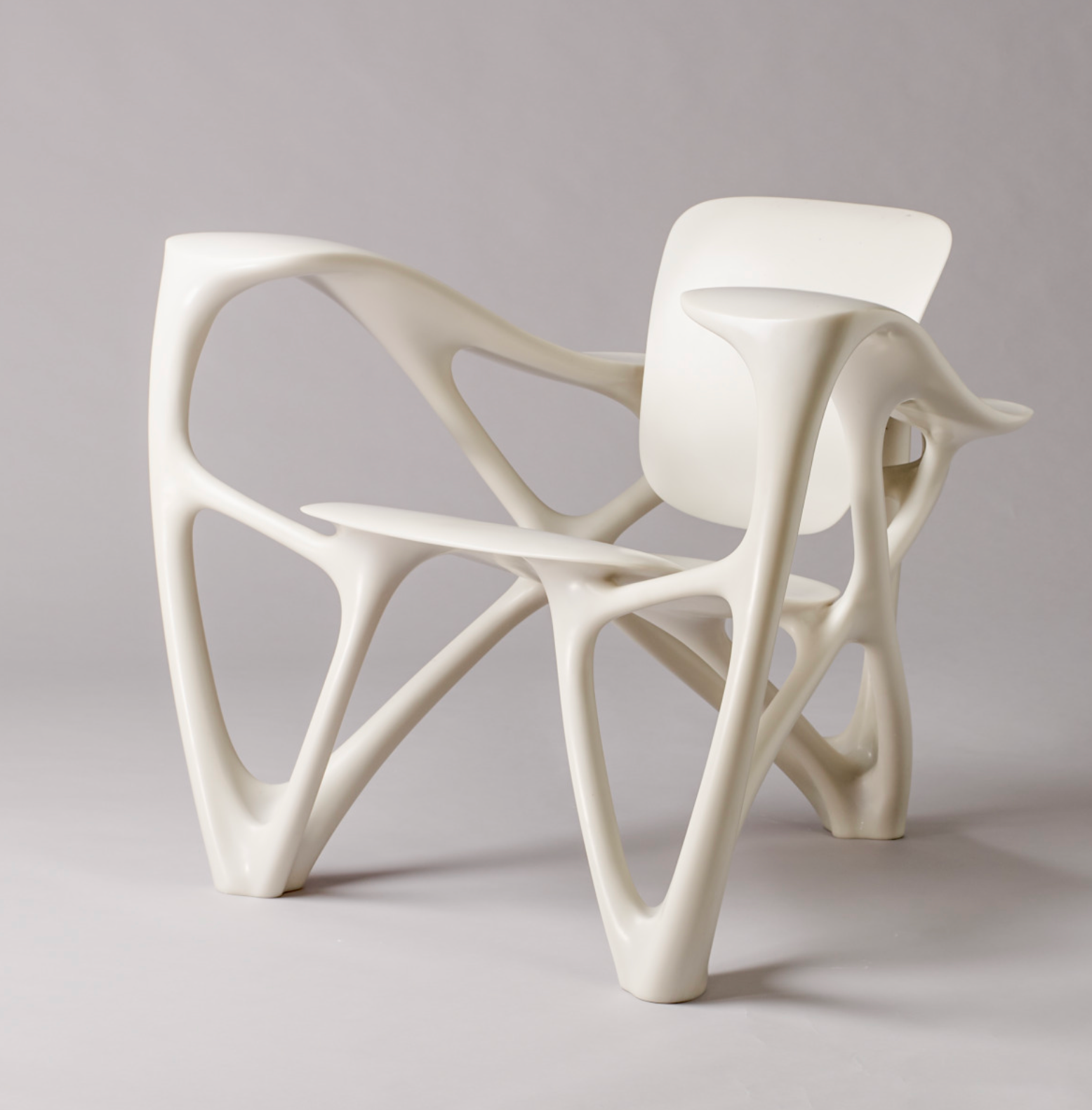
Printing Structures, Not Surfaces
Additive manufacturing has matured from prototyping tool to production method. For furniture designers, it enables geometries that traditional fabrication cannot achieve, especially when paired with generative modeling. The result is not just new aesthetics but new material logics.
Hot Wire Extensions, originally developed by Fabio Hendry and Christoph Hauf at the former Studio ilio, exemplifies this shift. The London-based designers introduced a process of heating recycled nylon powder with a custom hot-wire rig to create furniture with a porous, coral-like texture. Rather than concealing the irregularities of additive manufacturing, the designers amplified them—turning digital imperfection into material expression.
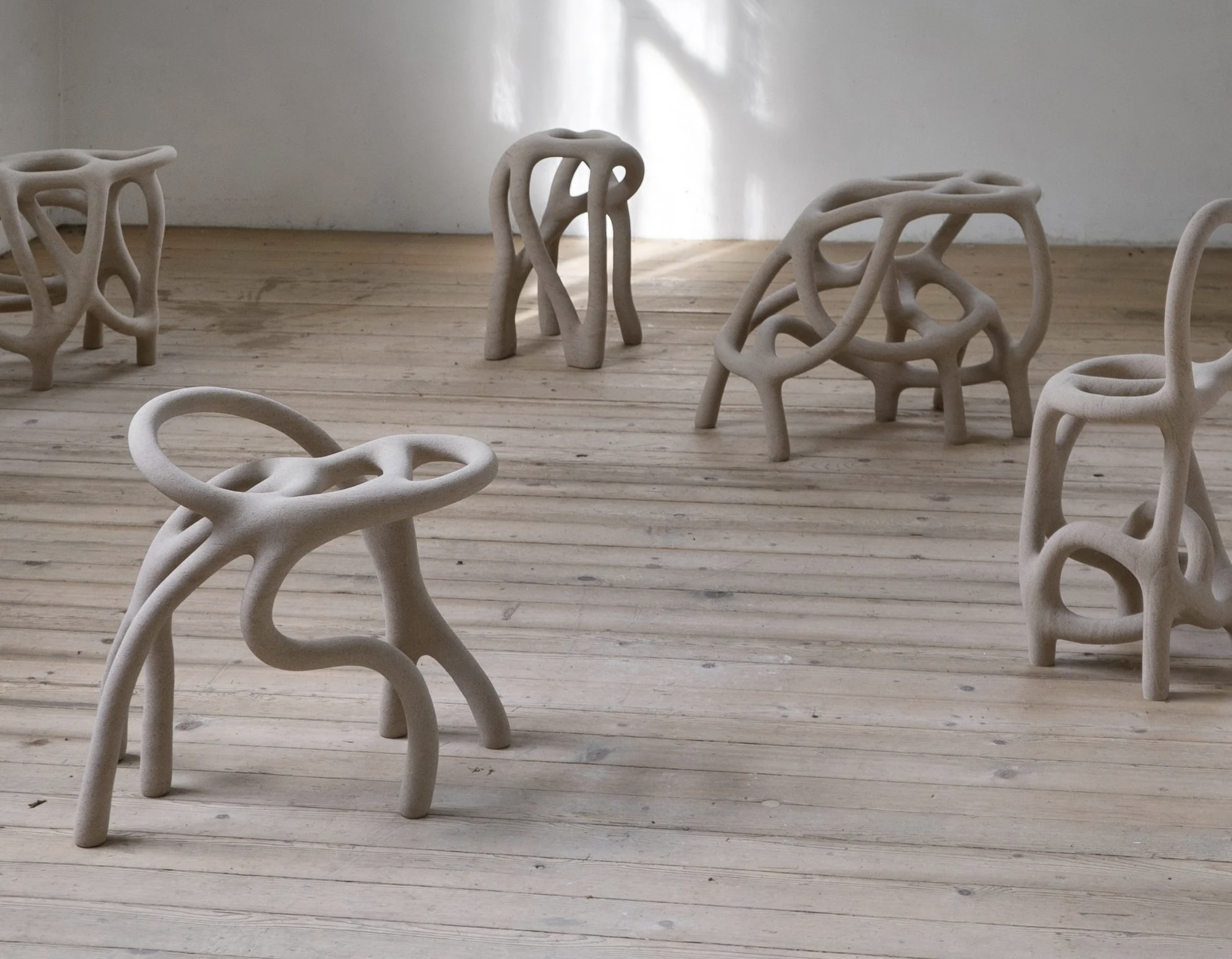
By contrast, The New Raw, a Rotterdam-based studio founded by Foteini Setaki and Panos Sakkas, explores large-scale robotic printing with recycled plastics. It's Print Your City! initiative invites citizens to transform plastic waste into urban furniture—benches, planters, and playground structures—via parametric design software. Users customize form and color before fabrication, revealing a direct feedback loop between data, participation, and physical outcome.
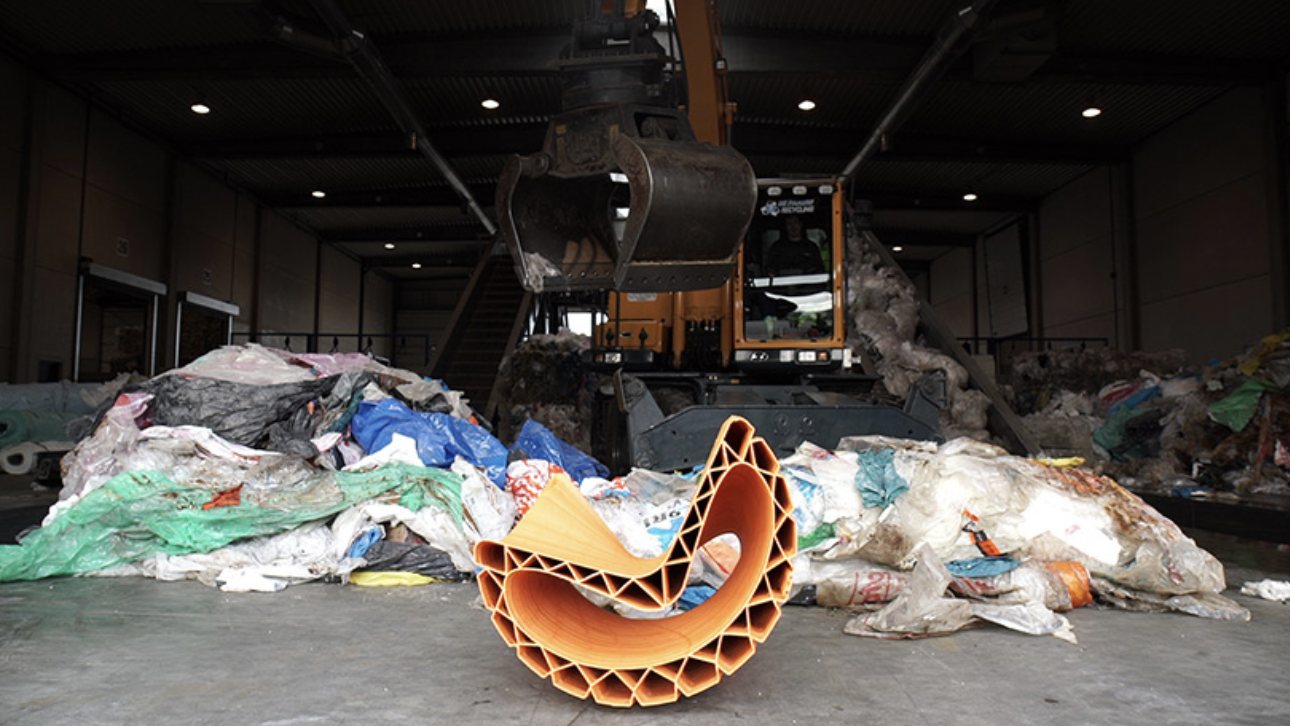
Hybrid fabrication pushes this logic further. Zaha Hadid Architects’ Striatus Bridge (2021), designed with ETH Zurich’s Block Research Group and Incremental3D, demonstrates how robotic extrusion and structural modeling can produce complex geometries assembled without adhesives. Though architectural in scale, it illustrates a principle that furniture designers are adopting for modular joints and adaptive assemblies—where variation within constraint replaces repetition as the guiding logic.
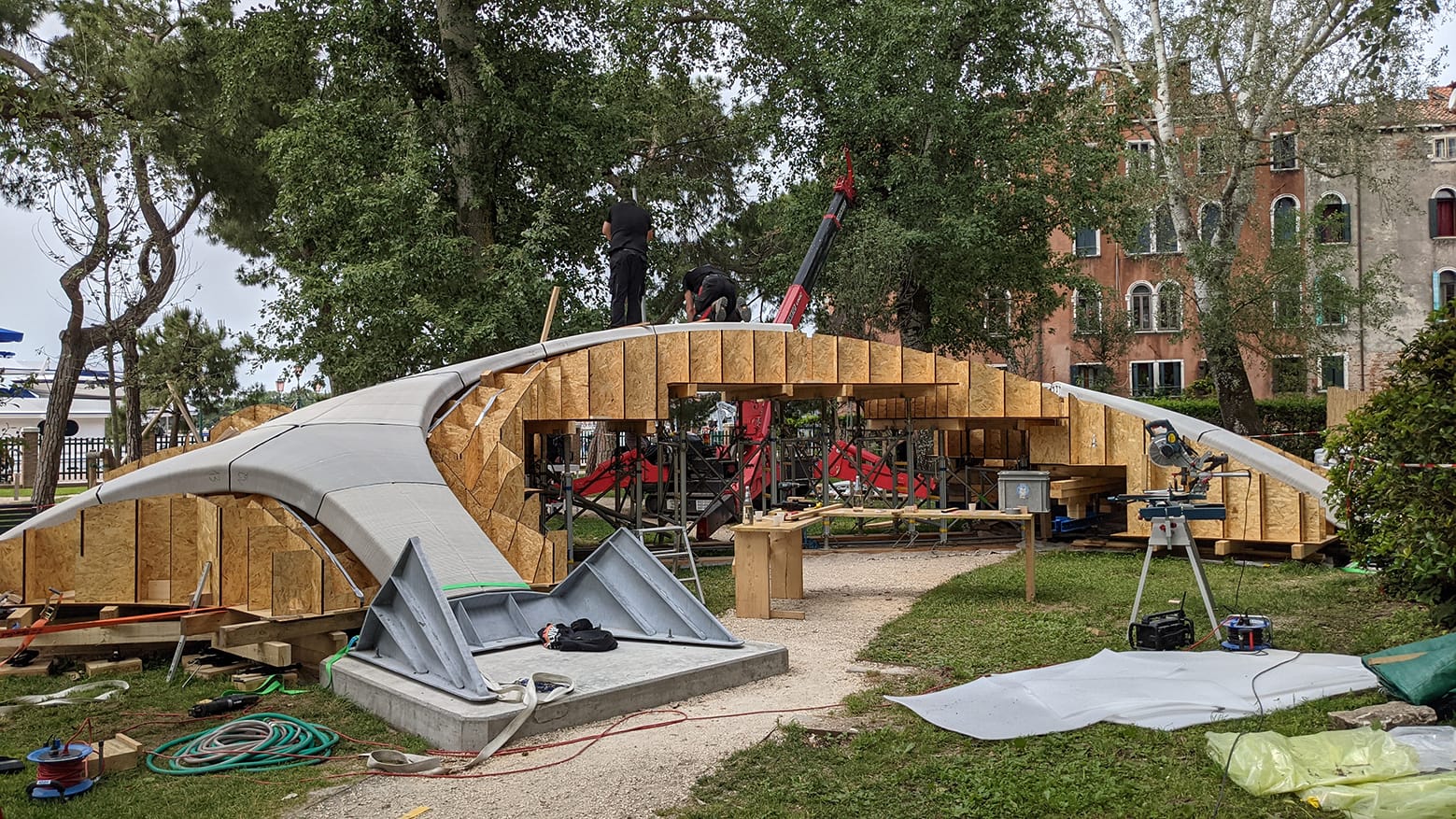
Two decades after these early explorations, generative furniture design has entered a new phase. Studios such as Nagami and Gantri are extending these principles into scalable production systems, combining computational modeling with circular materials and distributed manufacturing. Nagami’s Circular Lab (2023–24) advances closed-loop polymer research and AI-driven form optimization, while Gantri continues to scale 3D-printed lighting production through parametric customization and sustainable, plant-based materials. Together, these developments signal a shift from isolated experimentation to system-level transformation—where generative principles are embedded within industrial production and everyday design.
Data as Craft
Digital manufacturing often seems to replace the hand with the machine. Yet across contemporary practice, it has evolved into a new kind of craftsmanship—a dialogue between data and material. The designer’s role shifts from manual execution to curatorial intervention: defining parameters, refining algorithmic outcomes, and interpreting feedback between digital process and physical result.
Patrick Jouin’s Solid C2 Chair (2004) exemplifies the early days of this negotiation. Produced through selective laser sintering (SLS) in collaboration with Materialise, it was among the first pieces of 3D-printed furniture to move beyond the prototype stage. Jouin digitally modeled the chair as part of his Solid Collection, exploring how additive manufacturing could produce seamless, complex geometries impossible to achieve through traditional molding or assembly. The resulting piece—a single, lightweight form with intricate internal structures—demonstrated how digital fabrication could extend, rather than replace, the designer’s craft.
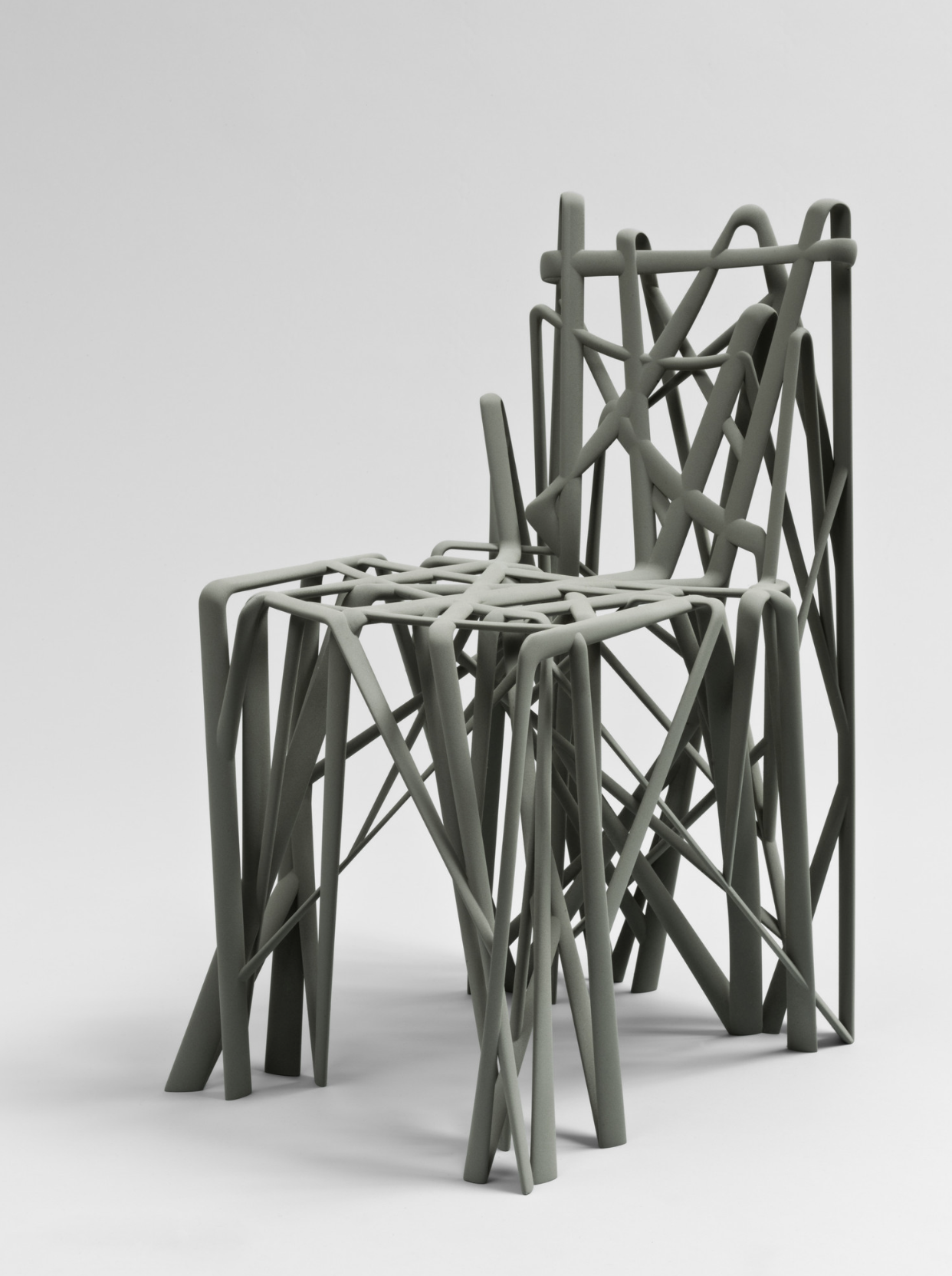
The Growth Chair by Mathias Bengtsson series extends this computational materialism further. Developed through custom software simulating cellular growth, the works are fabricated in composite materials or cast from 3D-printed molds. Bengtsson treats code as a living agent, allowing form to evolve through virtual processes analogous to natural morphogenesis. The resulting structures blur the line between digital automation and artisanal authorship, showing computation as an extension—not an erasure—of craft.

In parallel, Layer Design (2023) is developing AI-assisted seating prototypes generated through cloud-based simulation. These projects suggest how human–machine co-creation is entering mainstream industrial design, translating the craft of computational iteration into adaptable, mass-customizable systems.
Toward Adaptive Fabrication
What connects these projects is not the tools themselves but the paradigm behind them: a move from fixed design to adaptive systems. Generative algorithms, simulation engines, and robotic fabrication all operate through feedback loops, iteratively responding to data to refine structure, performance, and material behavior. This convergence enables a new kind of design ecology in which material distribution, assembly, and even end-of-life scenarios are driven by performance metrics rather than static convention.
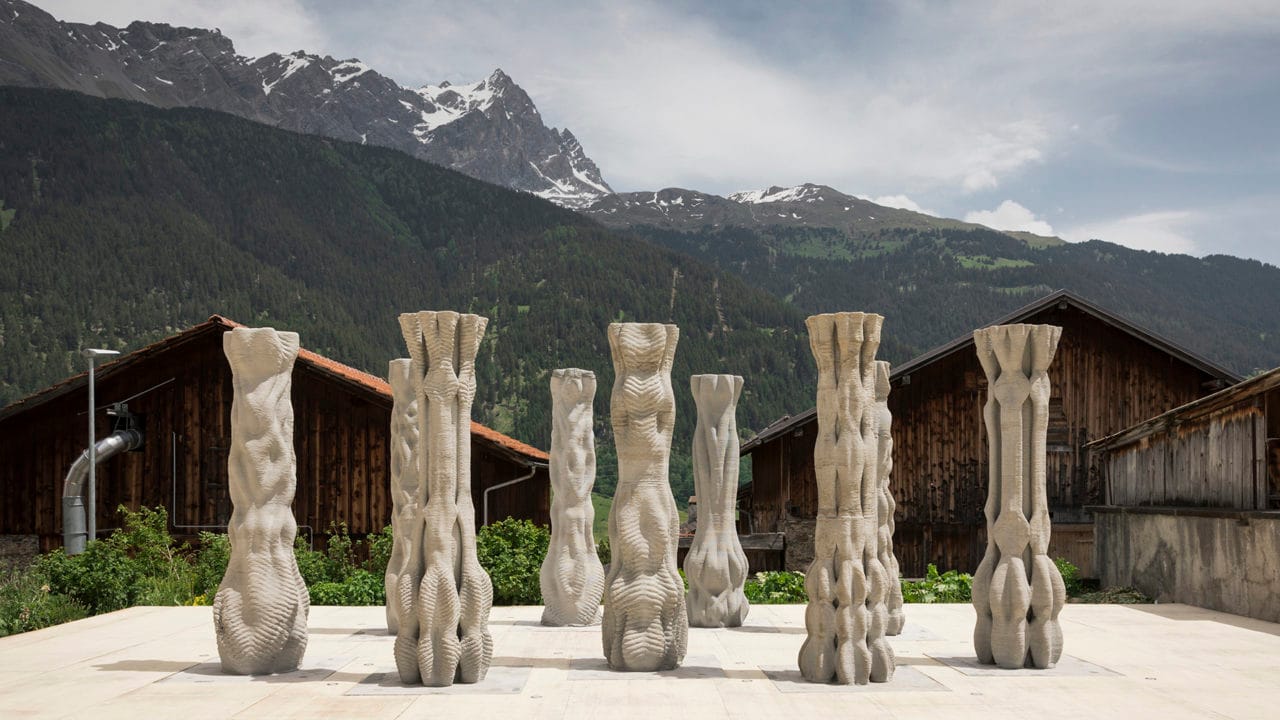
At ETH Zurich’s Digital Building Technologies (DBT) group, researchers are advancing these principles at architectural scales, using 3D-printed molds and computational workflows to optimize concrete components for strength, efficiency, and form. Projects such as Smart Slab (2018) and Concrete Choreography (2019) demonstrate how algorithmic design and robotic fabrication can minimize material while maintaining structural integrity. Though developed for buildings and pavilions, these methods point toward near-future applications in furniture and product design—where objects could be locally printed on demand and tuned to specific users, materials, and contexts.
Generative design is not merely producing new aesthetics; it is redefining how designers conceive of making itself. The emphasis shifts from static form-giving to dynamic system-tuning—from the object as an endpoint to design as an evolving process. Data becomes a design material, shaping how density, mass, and performance are distributed across a structure. The furniture that emerges from these workflows is not simply digitally fabricated—it is computationally conceived, the product of continuous negotiation between algorithm, material, and maker.

